Easy DIY Window Box Ideas for Your Home
Are you looking to add a touch of charm and personality to your home? Well, you've landed in the right place! DIY window boxes are not just a practical way to showcase your favorite plants; they're also a fantastic way to elevate your home's curb appeal. Imagine stepping outside and being greeted by a burst of color and life right at your windows! In this article, we will explore creative and simple DIY window box ideas that can transform your home's exterior into a delightful visual treat. From choosing the right materials to selecting the perfect plants, you'll discover everything you need to know to create stunning window boxes that reflect your style and make your neighbors green with envy.
When it comes to building window boxes, the materials you choose can make a world of difference. Not only do they need to look good, but they also need to withstand the elements. Imagine a beautiful wooden box that rots after a season because it wasn't treated properly! To avoid this, consider a few options:
- Wood: Classic and versatile, but ensure you select weather-resistant types like cedar or redwood.
- Metal: For a modern twist, metals like galvanized steel or aluminum are durable and stylish.
- Composite Materials: These offer the best of both worlds, combining aesthetic appeal with weather resistance.
Ultimately, the material you choose should not only complement your home's style but also be functional for your climate. Don’t forget to treat or paint your boxes to ensure they last through rain, snow, and sunshine!
Now that you’ve got your materials sorted, let’s dive into some design inspirations that will make your window boxes pop! Whether you’re a fan of rustic charm or sleek modern lines, there’s a style for everyone:
Rustic wooden window boxes bring a sense of warmth and nostalgia to any home. Picture a quaint farmhouse setting where the window boxes overflow with colorful blooms. To achieve that weathered look, consider using reclaimed wood or applying a distressed finish. The right wood types, such as cedar or pine, can provide a long-lasting finish while enhancing the rustic vibe.
Don’t underestimate the power of color! Adding a painted finish to your wooden boxes can elevate their visual appeal dramatically. Think bright yellows, calming blues, or even classic white. Use outdoor paint to ensure durability, and consider techniques like sponging or stenciling for a unique touch that matches your exterior.
If you prefer to keep the natural look of wood, a good stain can highlight the grain while providing protection. Choose a stain that complements your home’s exterior, and apply it evenly for a polished finish. Remember, a well-stained box not only looks great but also helps protect against the elements!
If sleek and contemporary is more your style, then metal window boxes are the way to go! They offer a minimalist aesthetic that can make your home look chic and sophisticated. You can choose from various metals and finishes, like matte black or brushed nickel. Just remember, regular maintenance is key to keeping them looking fresh and new!
Choosing the right plants for your window box is essential for a thriving display. Think about factors like sunlight, climate, and maintenance. You wouldn’t want to plant sun-loving flowers in a shady spot, right? Here are some tips:
- Choose plants that thrive in your climate zone.
- Consider the amount of sunlight your window box receives daily.
- Mix perennials with annuals for year-round interest.
Want your window boxes to look fabulous all year round? Seasonal planting is your answer! By rotating plants with the seasons, you can keep your window boxes vibrant and engaging. Think cheerful pansies in spring, lush petunias in summer, and striking ornamental kale in fall. It’s like changing your wardrobe with the seasons!
For a visually striking arrangement, don’t just stick to flowers! Combining flowers with foliage can create stunning contrast and texture. Consider pairing vibrant blooms with lush greenery for balance. Plants like ferns or ivy can provide a beautiful backdrop for your colorful flowers, making your window box a true work of art!
Q: How do I ensure my window boxes drain properly?
A: Make sure to drill drainage holes at the bottom of your boxes. This will prevent water from collecting and help keep your plants healthy!
Q: Can I use any type of plant in my window box?
A: Not all plants are suitable for window boxes. Consider the light and weather conditions, and choose plants that will thrive in those conditions.
Q: How often should I water my window box plants?
A: It depends on the plants and the weather, but generally, check the soil moisture daily, especially during hot days, and water when the top inch feels dry.
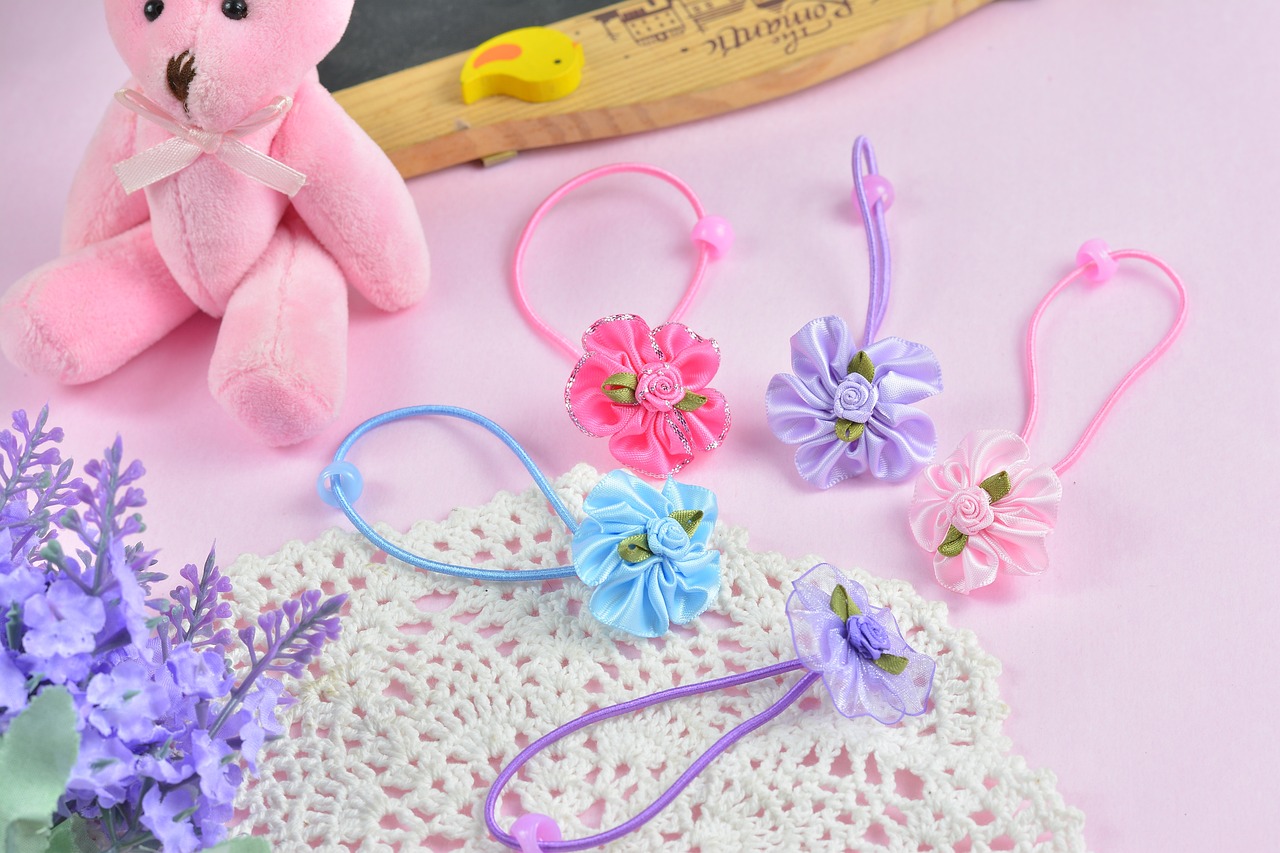
Choosing the Right Materials
When it comes to creating stunning window boxes, is essential for both durability and aesthetics. Think of your window box as the frame for a beautiful picture; it needs to be sturdy enough to hold the artwork while also complementing the overall decor of your home. You have several options to consider, each with its own unique benefits and charm. Let's dive into the most popular materials: wood, metal, and composite.
Wood is a classic choice that exudes warmth and character. It can easily be customized to match your home’s exterior, whether you're going for a rustic farmhouse vibe or something more modern. However, not all woods are created equal. For example, cedar and redwood are naturally resistant to rot, making them ideal for outdoor use. On the other hand, softer woods like pine may require additional treatment to withstand the elements. If you choose wood, consider applying a protective finish to prolong its life and enhance its beauty.
Next up, we have metal, which offers a sleek and contemporary appearance. Metal window boxes can be made from materials like aluminum or galvanized steel, providing a modern touch that can elevate your home’s curb appeal. One of the biggest advantages of metal is its durability; it can withstand harsh weather conditions without warping or cracking. However, it’s important to choose a finish that will resist rust and corrosion. Powder-coated options are often recommended for their longevity and variety of colors.
Lastly, composite materials have gained popularity in recent years for their low maintenance and high durability. Made from a blend of recycled wood fibers and plastic, composite window boxes mimic the appearance of wood while being resistant to fading, rotting, and insects. This makes them an excellent choice for those who want the look of wood without the upkeep. Additionally, they come in various colors and styles, allowing you to find the perfect match for your home.
Regardless of the material you choose, it’s vital to ensure that your window boxes are well-drained. Proper drainage prevents water from accumulating, which can lead to root rot and other plant health issues. Consider adding drainage holes to the bottom of your box or using a liner to help manage excess moisture.
In summary, selecting the right materials for your window boxes is crucial for achieving both durability and aesthetic appeal. Here’s a quick recap of the materials discussed:
| Material | Benefits | Considerations |
|---|---|---|
| Wood | Warmth, customizable | Requires treatment for longevity |
| Metal | Durable, sleek design | Choose rust-resistant finishes |
| Composite | Low maintenance, rot-resistant | May lack the authentic wood look |
By carefully considering these materials, you can create window boxes that not only look fantastic but also stand the test of time. Now that you have a solid understanding of materials, you’re one step closer to enhancing your home’s exterior with beautiful window boxes!

Design Inspirations
When it comes to window boxes, the design you choose can significantly impact the overall aesthetic of your home. Think of your window boxes as the jewelry for your windows; they should complement your home's style while adding a touch of flair. There are numerous designs to explore, each offering a unique character that can reflect your personality. Whether you lean towards a rustic farmhouse vibe or prefer a more modern sleek look, the right design can transform your windows into a focal point.
One popular choice is the rustic wooden box, which brings warmth and charm to any home. Imagine the natural beauty of weathered wood, perfectly paired with vibrant flowers spilling over the edges. To achieve this look, you can use reclaimed wood or new boards that you can distress yourself. The key is to choose the right wood types, such as cedar or redwood, which not only look great but also stand the test of time against the elements. You can even experiment with different shapes—long and narrow or deep and wide—to find the perfect fit for your windows.
Another inspiring option is the modern metal design. Metal window boxes can add a sleek, contemporary touch that contrasts beautifully with traditional architecture. Picture a shiny stainless-steel box filled with colorful blooms; it’s both chic and eye-catching. When selecting metals, consider options like galvanized steel or aluminum, which are lightweight yet durable. Plus, they come in various finishes—matte, glossy, or even textured—that can further enhance your home’s exterior. Just remember to keep up with maintenance to prevent rust and maintain their luster over time.
For those who enjoy a bit of creativity, why not mix designs? You can combine a rustic wooden box with modern metal brackets for an eclectic look that tells a story. This approach invites a sense of playfulness and reflects your personal style. Don't shy away from adding personal touches, like custom engraving or decorative elements that resonate with you.
And let’s not forget about color! Whether you choose to paint your wooden boxes or opt for metal finishes, color can make all the difference. A bright, bold hue can add a pop of excitement to your exterior, while softer tones can create a more subdued elegance. Consider the existing color palette of your home when making your choice. You want your window boxes to stand out, but they should also harmonize with your overall decor.
Ultimately, designing your window boxes is about expressing yourself and enhancing your home’s curb appeal. With so many options available, the possibilities are endless. Don’t be afraid to experiment and let your creativity shine through. After all, a well-designed window box can be a delightful surprise for anyone passing by, turning an ordinary window into a charming showcase.

Rustic Wooden Boxes
Rustic wooden window boxes are not just a trend; they are a timeless addition that brings a touch of warmth and charm to any home. Imagine walking up to your house and being greeted by the natural beauty of weathered wood, filled with vibrant blooms and lush greenery. It’s like nature’s own welcome mat! To create these stunning boxes, you’ll want to choose the right type of wood that not only complements your home's style but also withstands the elements.
When selecting wood for your rustic window boxes, consider options like cedar, redwood, or treated pine. These materials are known for their durability and resistance to rot, making them perfect for outdoor use. Cedar, for instance, has a natural aroma that repels insects, while redwood boasts beautiful grain patterns that add character. If you’re feeling adventurous, you can even repurpose old wooden pallets, giving them a new life and a unique story.
To achieve that coveted weathered look, you can follow a few simple techniques. Start by cutting your wood to the desired dimensions, ensuring that the size fits your window. Once assembled, you can enhance the rustic appearance by applying a technique called “distressing.” This involves using tools like hammers, chains, or even sandpaper to create scratches and dents, mimicking the look of aged wood. For a more natural finish, you might want to skip the paint altogether and let the wood’s natural beauty shine through.
However, if you prefer a bit of color while still keeping that rustic vibe, painted finishes can work wonders. You can opt for muted tones like sage green, soft blue, or even a classic barn red. These colors not only enhance the wood's appearance but also tie in beautifully with the plants you choose to fill your box. Remember to use outdoor-safe paint to ensure longevity and durability against the weather.
Another fantastic option is to apply natural wood stains. Staining your wooden boxes can highlight the rich grain patterns while providing a protective layer against moisture and UV rays. When selecting a stain, look for eco-friendly options that are safe for plants. Applying the stain is straightforward: simply use a brush or cloth and follow the manufacturer’s instructions for the best results. This will not only enhance the beauty of the wood but also keep it looking fresh for years to come.
In summary, creating rustic wooden window boxes is an enjoyable DIY project that can significantly enhance your home's curb appeal. With the right materials and techniques, you can craft a beautiful, functional piece that showcases your personal style. So, roll up your sleeves, unleash your creativity, and let your window boxes become a stunning focal point of your home!
- What type of wood is best for outdoor window boxes? Cedar and redwood are excellent choices due to their natural resistance to rot.
- How can I achieve a weathered look on my wooden boxes? You can distress the wood using tools or choose to let it age naturally over time.
- Is it necessary to use outdoor paint or stain? Yes, using outdoor-safe products ensures the longevity of your window boxes against the elements.
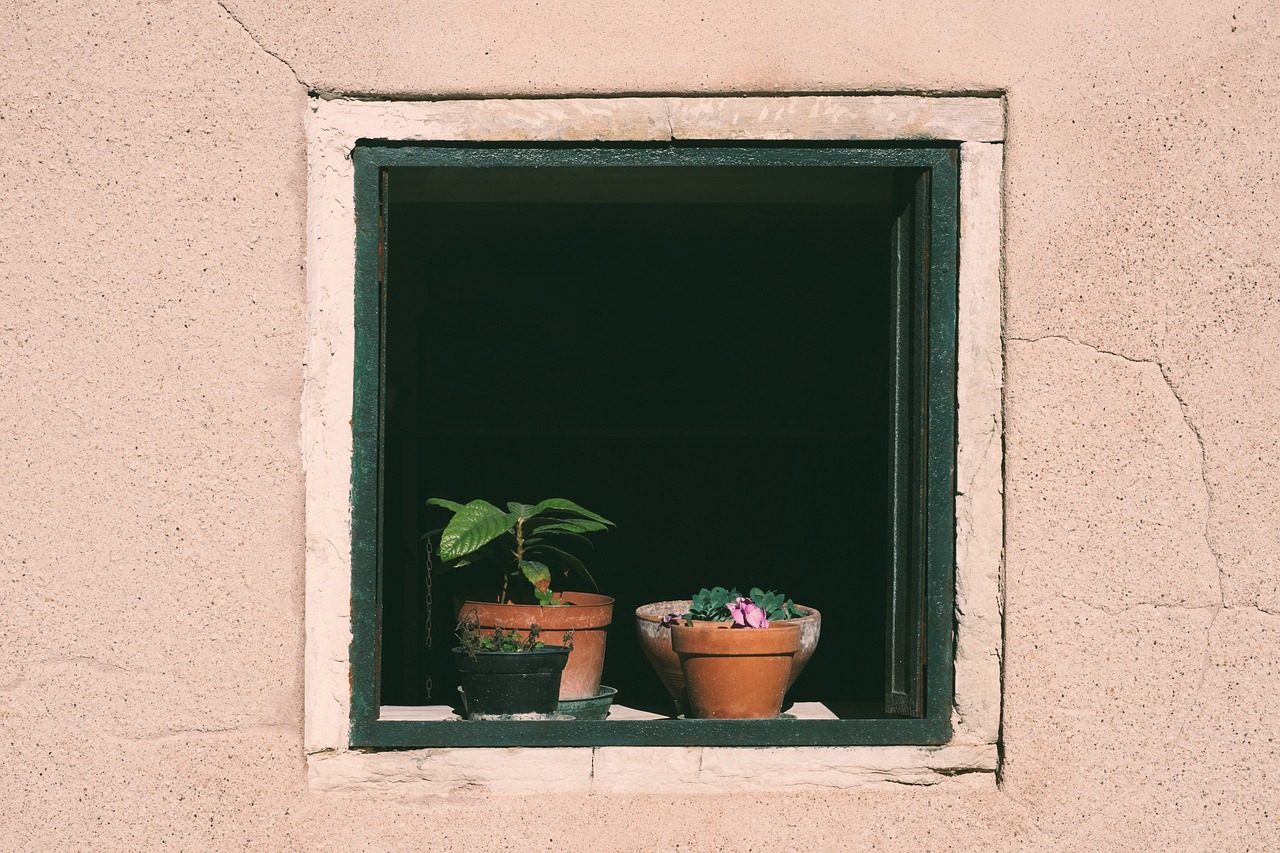
Painted Finishes
When it comes to enhancing the visual appeal of your window boxes, can work wonders. Imagine your window box bursting with color, drawing the eye and adding life to your home's exterior. The beauty of painted finishes lies in their versatility; you can choose from a wide range of colors that can either complement or contrast with your house. Whether you prefer a bold statement or a subtle touch, the right paint can truly transform your window box into a stunning focal point.
Before you dive into the painting process, it's essential to consider a few key factors. First and foremost, you need to select a paint that is both durable and weather-resistant. After all, your window box will be exposed to the elements, and you want it to maintain its charm for years to come. Look for exterior-grade paints that are specifically designed to withstand harsh weather conditions. Additionally, consider using a primer to ensure better adhesion and longevity of your paint job.
Here are some popular color options to consider when painting your window boxes:
- Bright Colors: Vibrant hues like red, yellow, or turquoise can create a cheerful and inviting atmosphere.
- Pastel Shades: Soft colors such as mint green or lavender can lend a delicate, romantic touch.
- Classic Neutrals: Shades like white, gray, or beige offer a timeless look that pairs well with any exterior.
- Bold Dark Tones: Deep colors like navy blue or forest green can add sophistication and depth.
Once you've chosen your color, it's time to get creative with techniques. You can opt for a solid color finish, or if you're feeling adventurous, try out some fun techniques like distressing or sponging. Distressing adds a rustic charm by giving your window box a weathered look, while sponging can create an interesting texture that mimics natural elements.
To achieve a professional-looking finish, follow these steps:
- Prepare the Surface: Sand the wood to create a smooth surface and remove any old paint or debris.
- Apply Primer: Use a high-quality primer to ensure the paint adheres well.
- Paint the Base Color: Apply your chosen paint color with a brush or roller, ensuring even coverage.
- Add Texture or Patterns: If desired, use sponges or brushes to create unique designs.
- Seal the Finish: Once dry, consider applying a clear sealant to protect your painted finish from the elements.
In conclusion, painted finishes offer an exciting way to personalize your window boxes and express your style. By choosing the right colors and techniques, you can create a beautiful and durable addition to your home that reflects your personality. So, grab your paintbrush and let your creativity flow!
1. What type of paint is best for window boxes?
The best type of paint for window boxes is an exterior-grade paint that is weather-resistant. Look for paints specifically formulated for outdoor use to ensure durability.
2. How do I prepare my window box for painting?
To prepare your window box for painting, sand the surface to remove any old paint or rough spots, clean it thoroughly, and apply a primer for better adhesion.
3. Can I use any type of wood for my window box?
While you can use various types of wood, it's best to choose weather-resistant options like cedar or redwood, which can withstand the elements better than other types.
4. How often should I repaint my window boxes?
The frequency of repainting depends on the exposure to the elements and the quality of paint used. Generally, you may need to repaint every 2-5 years.

Natural Wood Stains
When it comes to enhancing the beauty of your rustic wooden window boxes, can be a game-changer. These stains not only protect the wood but also highlight its unique grain patterns, adding depth and character to your window box. Imagine your window box adorned with a rich, warm hue that complements the vibrant colors of your flowers. Isn’t that a sight to behold?
Choosing the right stain is crucial. There are several types of natural wood stains available on the market, each offering different finishes and levels of protection. Here are a few popular options:
- Oil-based stains: These penetrate deeply into the wood, providing a durable finish that enhances the grain. They are excellent for outdoor use as they resist moisture and UV damage.
- Water-based stains: These are easier to clean up and dry faster. They are less odorous and eco-friendly, making them a popular choice for indoor projects.
- Gel stains: Ideal for vertical surfaces, gel stains provide a thick, even coat and are perfect for achieving a rich color without overwhelming the natural wood grain.
Applying a natural wood stain is quite straightforward, but there are a few tips to ensure you achieve a polished finish:
- Preparation: Start by sanding the wood surface to remove any rough spots and ensure an even application. Clean the surface to remove dust and debris.
- Application: Use a brush or cloth to apply the stain, working in the direction of the grain. For a deeper color, apply multiple coats, allowing each coat to dry completely before adding the next.
- Sealing: After staining, consider applying a clear sealant to protect the wood from the elements. This will help maintain the color and prevent fading over time.
Incorporating natural wood stains into your DIY window box project not only enhances its aesthetic appeal but also ensures it stands the test of time against the elements. So, go ahead and experiment with different stains to find the perfect match for your home’s exterior. The result will be a stunning, personalized touch that reflects your style and love for nature.
Q1: How do I choose the right wood stain for my window box?
A1: Consider the type of wood, the desired color, and the level of protection you need. Oil-based stains offer durability, while water-based stains are easier to work with.
Q2: Can I use leftover stain from other projects?
A2: Yes, as long as the stain is compatible with the wood type and hasn’t expired. Always test on a small area first.
Q3: How often should I reapply wood stain?
A3: This depends on the climate and exposure to elements. Typically, reapplication is needed every 1-3 years.
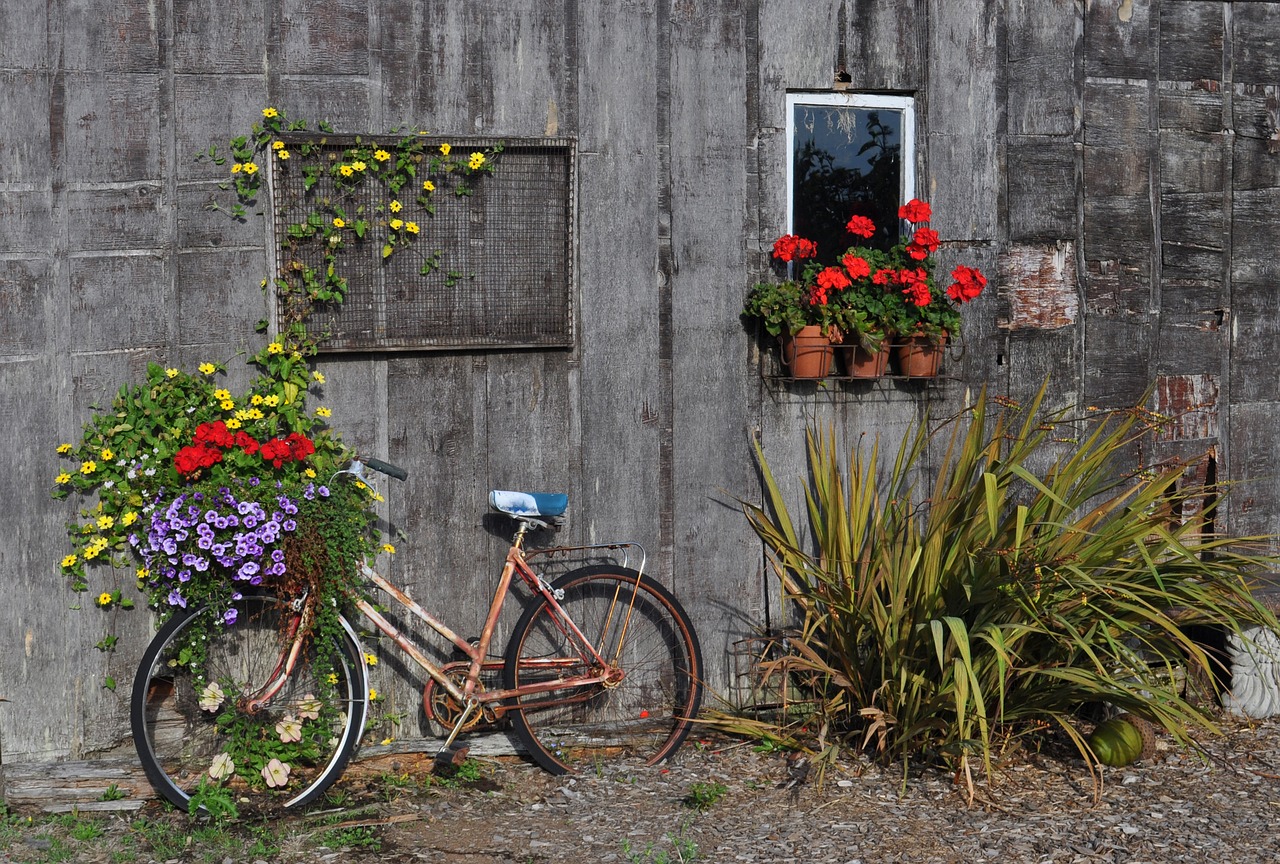
Modern Metal Designs
When it comes to window boxes, are all the rage! They exude a sleek and contemporary vibe that can elevate the aesthetics of any home. Imagine your window boxes glimmering in the sunlight, adding a touch of sophistication to your exterior. But before you rush out to buy a metal box, there are a few things you should consider to ensure you choose the best option for your space.
First off, let's talk about the types of metals you can use. Popular choices include aluminum, copper, and stainless steel. Each type offers its own unique charm and durability:
| Metal Type | Pros | Cons |
|---|---|---|
| Aluminum | Lightweight, rust-resistant, and affordable | Can dent easily |
| Copper | Beautiful patina over time, durable | More expensive and can tarnish |
| Stainless Steel | Highly durable, resistant to rust, modern look | Heavier and pricier than aluminum |
Once you've chosen the right metal, consider the finish. A polished or brushed finish can create a modern look, while a matte finish offers a more understated elegance. Don't forget about the size and shape of your window boxes! They should complement your windows and the overall architecture of your home. A rectangular box might work well for a contemporary style, while a rounded design could add a unique twist.
Maintenance is another important aspect of metal window boxes. While they are generally low-maintenance, they do require some care to keep them looking their best. Here are a few tips:
- Regularly wipe down the surface to remove dirt and debris.
- Check for rust spots and treat them promptly to prevent further damage.
- Consider applying a protective sealant to enhance durability.
Finally, let's not forget about the plant selection. The beauty of metal window boxes lies not only in their design but also in how they showcase your plants. Choose vibrant flowers and lush foliage that contrast beautifully with the metallic finish. Think of bright reds, deep purples, and lush greens that will pop against the sleek surface. You can mix and match different plants for a dynamic look or choose a single type for a more streamlined appearance.
In conclusion, modern metal designs for window boxes can truly transform your home's exterior. With the right materials, finishes, and plant selections, your window boxes can become a stunning focal point that reflects your personal style. So, are you ready to give your home a chic makeover with some fabulous metal window boxes?
Q: Are metal window boxes heavy?
A: It depends on the type of metal. Aluminum is lightweight, while stainless steel can be heavier. Consider your window's structure before installation.
Q: Can I use metal window boxes for all types of plants?
A: Yes, but ensure proper drainage and choose plants that thrive in your climate.
Q: How do I prevent rust on my metal window boxes?
A: Regular maintenance, including cleaning and applying a sealant, can help prevent rust.

Plant Selection Tips
Choosing the right plants for your window box is like picking the perfect outfit for a special occasion; it requires a thoughtful approach to ensure everything looks harmonious and fits well. First and foremost, you need to consider the amount of sunlight your window box receives throughout the day. Is it basking in full sun, or does it only get a few hours of light? This will significantly influence the types of plants you can select. For instance, if your window box is sun-drenched, you might want to opt for sun-loving plants like petunias, geraniums, or marigolds. Alternatively, if your box is shaded for most of the day, consider shade-tolerant varieties like ferns, begonias, or impatiens.
Additionally, think about your local climate. Are you in a region that experiences harsh winters or scorching summers? Selecting plants that are well-suited to your climate will not only ensure their survival but also reduce maintenance efforts. For example, in warmer climates, you might lean towards drought-resistant plants like succulents or lavender, while cooler climates might be better suited for pansies and snapdragons.
Maintenance is another crucial factor. If you lead a busy lifestyle, you might want to choose low-maintenance plants that require minimal care. This could include hardy perennials that come back year after year, such as hostas or sedums. On the other hand, if you enjoy gardening and don’t mind spending some time tending to your plants, consider mixing in annuals that require regular watering and deadheading to keep them blooming.
When it comes to creating a visually appealing window box, combining different types of plants can yield stunning results. A well-thought-out combination of flowers and foliage can create an eye-catching display. Consider using a mix of thrillers, fillers, and spillers:
- Thrillers: These are the taller plants that create height in your arrangement, like canna lilies or ornamental grasses.
- Fillers: These plants fill in the gaps and add volume, such as petunias or calibrachoa.
- Spillers: These are trailing plants that cascade over the edges, like lobelia or sweet potato vine.
Lastly, don’t forget about the seasonal aspect of your window box. Rotating your plants according to the seasons can keep your window box looking fresh and vibrant throughout the year. In spring, you might start with tulips and daffodils, transitioning to summer blooms like zinnias and petunias, and then into fall with mums and ornamental kale. This not only adds variety but also allows you to enjoy a dynamic display that changes with the seasons.
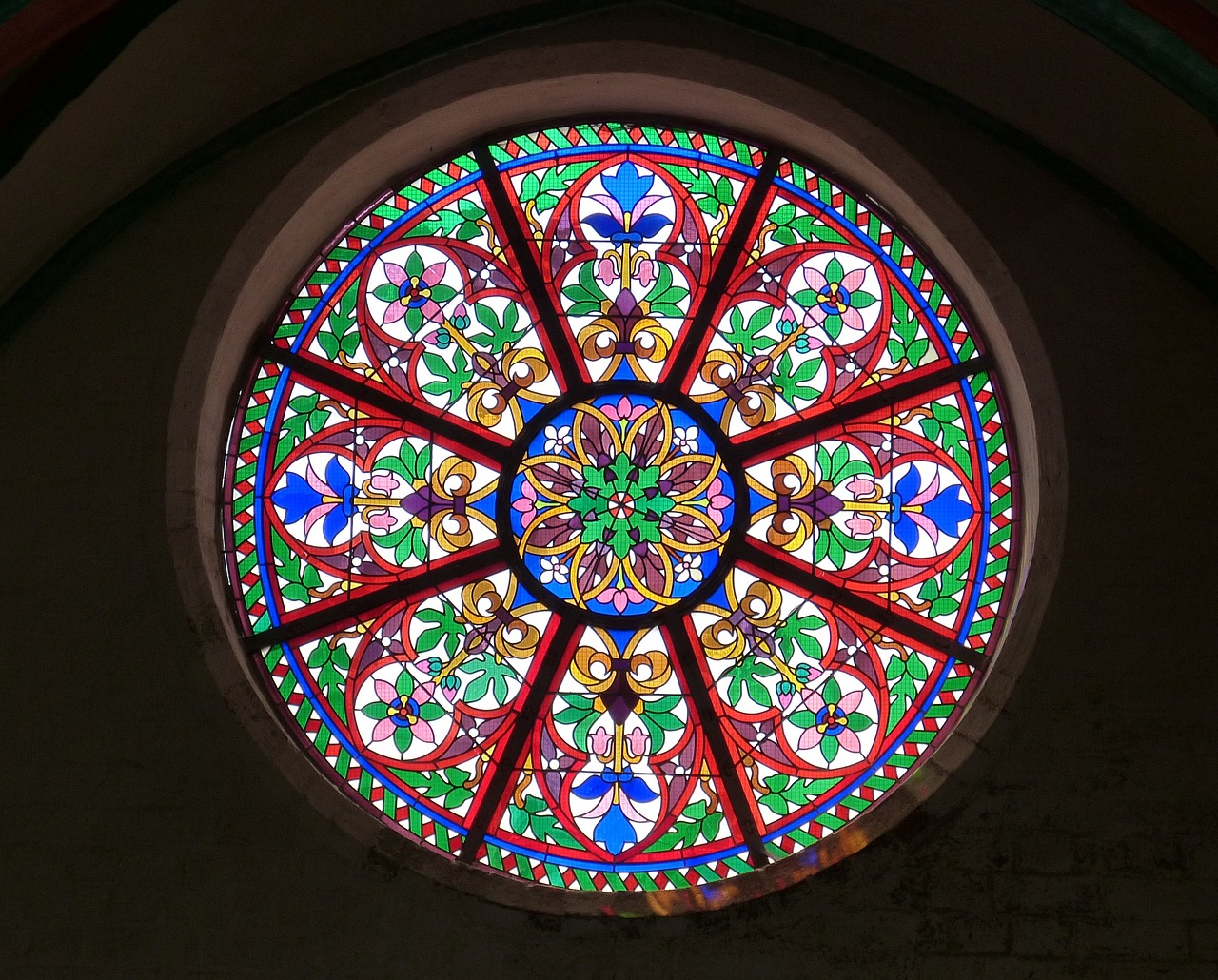
Seasonal Planting Ideas
When it comes to window boxes, one of the most exciting aspects is the opportunity for seasonal planting. Just like changing outfits for different occasions, your window boxes can transform with the seasons, bringing a fresh burst of color and life to your home. Imagine stepping outside and being greeted by vibrant blooms in spring, lush greens in summer, warm tones in autumn, and even festive arrangements in winter. It’s like having a mini garden that evolves throughout the year!
To keep your window boxes looking their best, consider the following seasonal ideas:
- Spring: Start with cheerful pansies, daffodils, and tulips that herald the arrival of warmer weather. These flowers not only thrive in cooler temperatures but also come in a variety of colors, allowing you to mix and match for a stunning display.
- Summer: As the heat kicks in, opt for sun-loving plants like petunias, geraniums, and trailing vines such as sweet potato vine. These plants can handle the sun's intensity and will reward you with vibrant blooms and cascading greenery.
- Autumn: Transition into fall with rich hues by using chrysanthemums, ornamental kale, and pansies. These plants can withstand cooler temperatures and provide a lovely contrast to the fading summer blooms.
- Winter: Even in the cold months, you can create a stunning window box with evergreen plants like boxwood or holly. Adding seasonal decorations like pinecones or festive ornaments can make your window box a holiday focal point.
By rotating your plants with the seasons, you not only ensure that your window boxes remain visually appealing but also keep your gardening skills sharp! Think of it as a canvas that you can paint anew with every season. You can even get creative with your arrangements, mixing flowers with foliage for texture and depth. For example, pairing bright blossoms with lush ferns or trailing ivy can create a beautiful contrast that catches the eye.
Don’t forget to consider the climate in your area when planning your seasonal plantings. Some plants thrive in specific conditions, so it's essential to choose varieties that will flourish in your local environment. Always check the sunlight requirements and water needs to ensure a healthy, vibrant display. With a little planning and creativity, your window boxes can be the talk of the neighborhood, showcasing the beauty of nature right outside your window!
Q: How often should I change the plants in my window box?
A: Ideally, you should refresh your window box with new plants every season to keep the display vibrant. However, some plants can last longer depending on their type and the climate.
Q: Can I use the same plants in different seasons?
A: Yes, some plants can be used in multiple seasons. For example, pansies can bloom in both spring and autumn, making them a versatile choice for your window boxes.
Q: What should I do if my plants are not thriving?
A: Check the sunlight, water, and soil conditions. Sometimes, a simple adjustment in care can help your plants flourish. Consider replacing them with varieties better suited for your specific conditions.
Q: Is it necessary to use drainage holes in my window box?
A: Absolutely! Proper drainage is crucial to prevent root rot and ensure your plants receive the right amount of moisture. If your window box doesn’t have drainage holes, consider adding some or using a liner that allows excess water to escape.
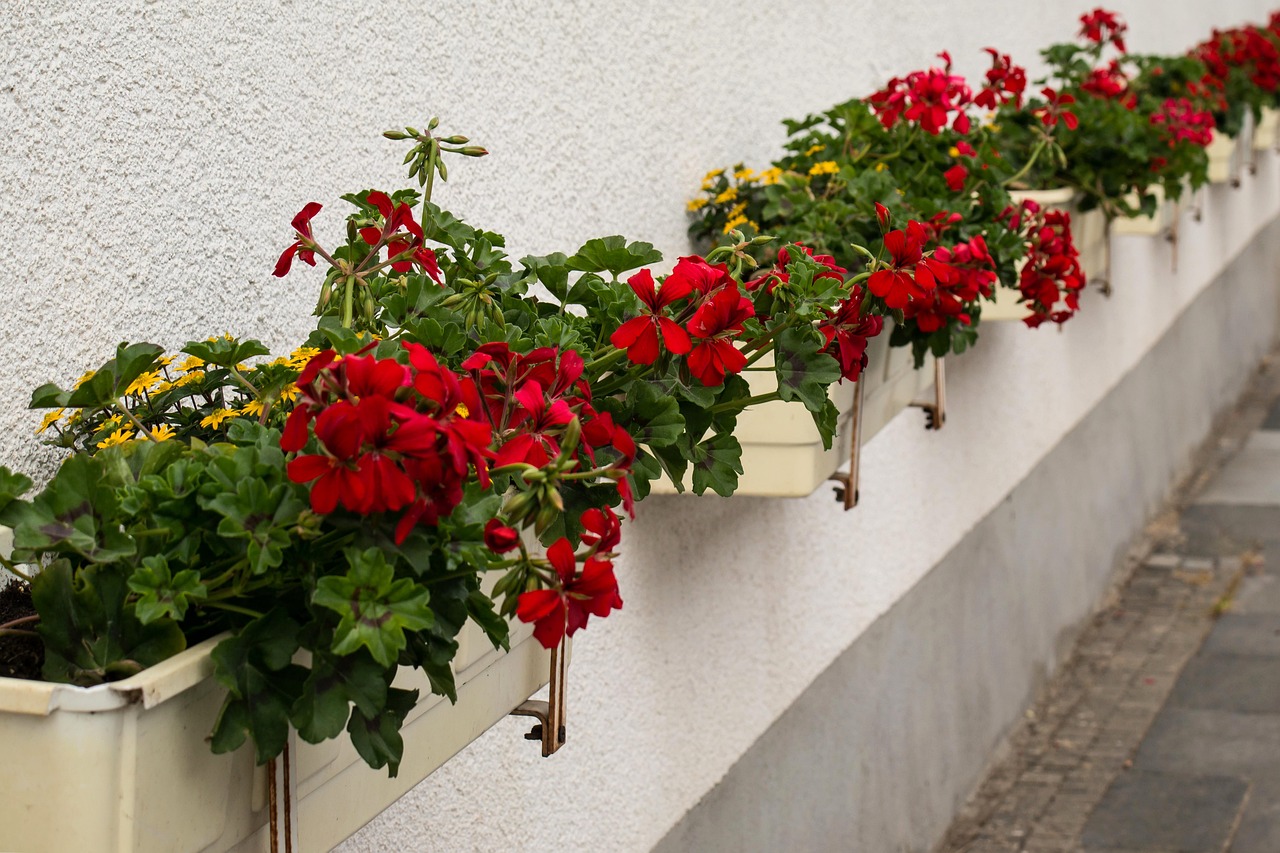
Combining Flowers and Foliage
Creating a stunning window box involves more than just planting a few flowers; it's about harmonizing colors, textures, and shapes to craft a living masterpiece. When you combine flowers and foliage, you're essentially creating a dynamic visual experience that can change with the seasons. Think of your window box as a canvas where each plant contributes to a larger picture. The right combination can bring life and vibrancy to your home's exterior, making it a focal point that draws the eye.
To achieve a balanced and aesthetically pleasing arrangement, consider the following elements:
- Color Coordination: Choose a color palette that complements your home's exterior. For example, if your house has a warm brick facade, opt for flowers in shades of yellow, orange, and red, paired with lush green foliage.
- Height Variation: Incorporate plants of varying heights to create depth. Taller plants can serve as a backdrop, while trailing varieties can cascade over the edge of the box, adding movement and interest.
- Texture Play: Mixing different leaf shapes and sizes can enhance the visual appeal. For instance, combine the broad leaves of hostas with the delicate fronds of ferns for a rich textural contrast.
When selecting flowers, consider their blooming seasons to ensure your window box remains vibrant throughout the year. For instance, you might choose pansies and snapdragons for spring, followed by petunias and geraniums in summer, and mums or ornamental kale for fall. This rotation not only keeps your window box looking fresh but also allows you to experiment with different combinations.
Moreover, don't shy away from using foliage plants that provide year-round interest. Plants like evergreen varieties or succulents can add structure and a pop of color even when flowers aren’t in bloom. The key is to think of your window box as a living art piece that evolves and changes with the seasons.
Lastly, consider the maintenance aspect. Some plants require more care than others, so it’s wise to choose a mix that suits your lifestyle. If you’re often busy, opt for low-maintenance plants that still deliver stunning results. Remember, the goal is to create an arrangement that not only looks good but also thrives with the care you can provide.
Q: How do I choose the right plants for my window box?
A: Consider the amount of sunlight your window box receives, the climate in your area, and how much time you can dedicate to maintenance. Select a mix of annuals and perennials for continuous blooms.
Q: Can I use herbs in my window box?
A: Absolutely! Herbs like basil, parsley, and thyme not only look beautiful but are also functional. Just ensure they get enough sunlight and are planted with companions that have similar water needs.
Q: How often should I water my window box?
A: The frequency of watering depends on the weather and the plants you choose. Generally, check the soil moisture daily, especially during hot weather, and water when the top inch feels dry.
Frequently Asked Questions
- What materials are best for DIY window boxes?
When it comes to DIY window boxes, durability and aesthetics are key. Popular choices include wood, metal, and composite materials. Each material has its own charm and can complement your home's style while ensuring they can withstand the elements.
- How do I choose the right plants for my window box?
Selecting the right plants is crucial for a thriving window box. Consider factors like sunlight, climate, and maintenance requirements. For instance, if your window box gets a lot of sun, opt for sun-loving plants like petunias or succulents.
- Can I paint my wooden window boxes?
Absolutely! Painting your wooden window boxes can enhance their visual appeal. Choose colors that match your home's exterior for a cohesive look. Remember to use outdoor paint for durability!
- What are some seasonal planting ideas for window boxes?
Seasonal planting keeps your window boxes vibrant throughout the year. In spring, consider pansies and snapdragons, while summer can showcase geraniums and petunias. In fall, opt for mums and ornamental kale, and in winter, evergreen plants can add a touch of green.
- How do I maintain my metal window boxes?
To keep your metal window boxes looking sleek, regularly check for rust and clean them with soapy water. Applying a protective sealant can also help maintain their appearance over time.
- What plants pair well together in a window box?
Combining flowers and foliage can create a stunning arrangement. Consider pairing trailing ivy with bright geraniums for contrast. Mixing different textures and colors will give your window box a balanced and visually appealing look.



















